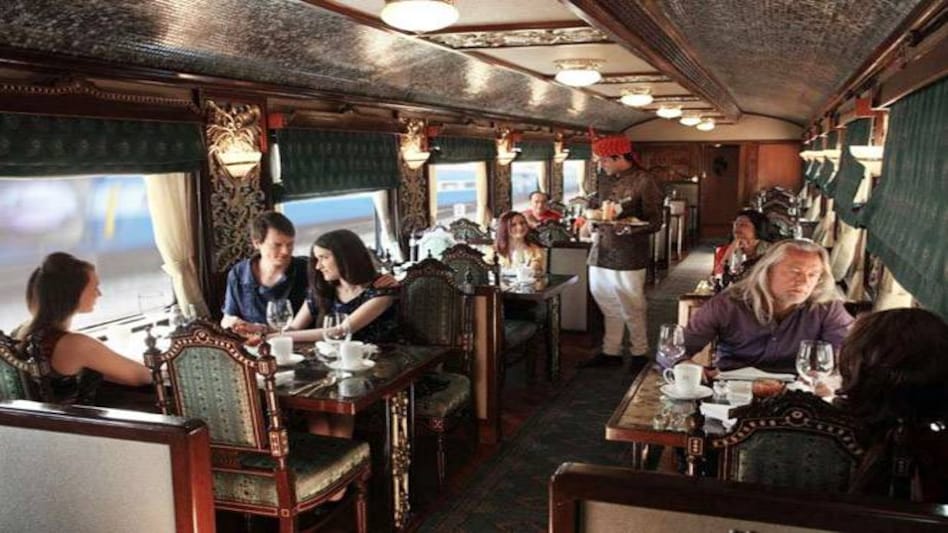

The Indian Railways has reportedly decided to cut down the tariff of trains like Maharaja Express, Palace on Wheels, the Golden Chariot, Deccan Odyssey and Royal Orient by almost 50 per cent. The fare for an adult on such trains is between $3,850 to $26,070.
According to a report in The Pioneer, the Railway Board on March 1 reviewed the policy on luxury trains and decided to reduce the existing haulage charges by 50 percent through a commercial notification. The decision comes after the Ministry of Railways slashed haulage charges borne by the state tourism departments, partners or stakeholders like IRCTC which run the trains in coordination with the network of Indian Railways.
Moreover, the report said common people will be able to travel in luxury saloons used by the President of India, Prime Minister and top railway officials. The Presidential suite on luxury trains boasts two bedrooms with a living cum dining room.
With airlines offering attractive fares for domestic tickets, train passengers travelling on premium trains like Rajdhani, Shatabdi and Duranto have witnessed a dip. The occupancy on luxury trains has also witnessed a sharp decline in recent years.
Trains like Royal Rajasthan and Palace on Wheels recorded a decline in revenue by a staggering 63.18 per cent and 24.08 per cent, respectively, the report said. The reduction in tariff is said to be because of the fall in revenue from luxury trains.
In India, luxury trains started in 1982 with the introduction of Palace on Wheels in 1982 to promote tourism in Rajasthan. Luxury trains are equipped with state-of-the-art amenities such as Wi-Fi in rooms, plasma TVs with satellite channels, DVD players, individual climate control and electronic safe. Aboard the train, guests are offered butler service, meals, house brands of Indian wines, beer and spirits.
To make use of its 336 saloon cars, Indian Railways is also planning open private saloon cars for travellers. Currently, saloon cars are used by top railway officials. The report said that crores of rupees were spent on maintenance of these saloons which were often misused by railway officials and their families for vacationing.